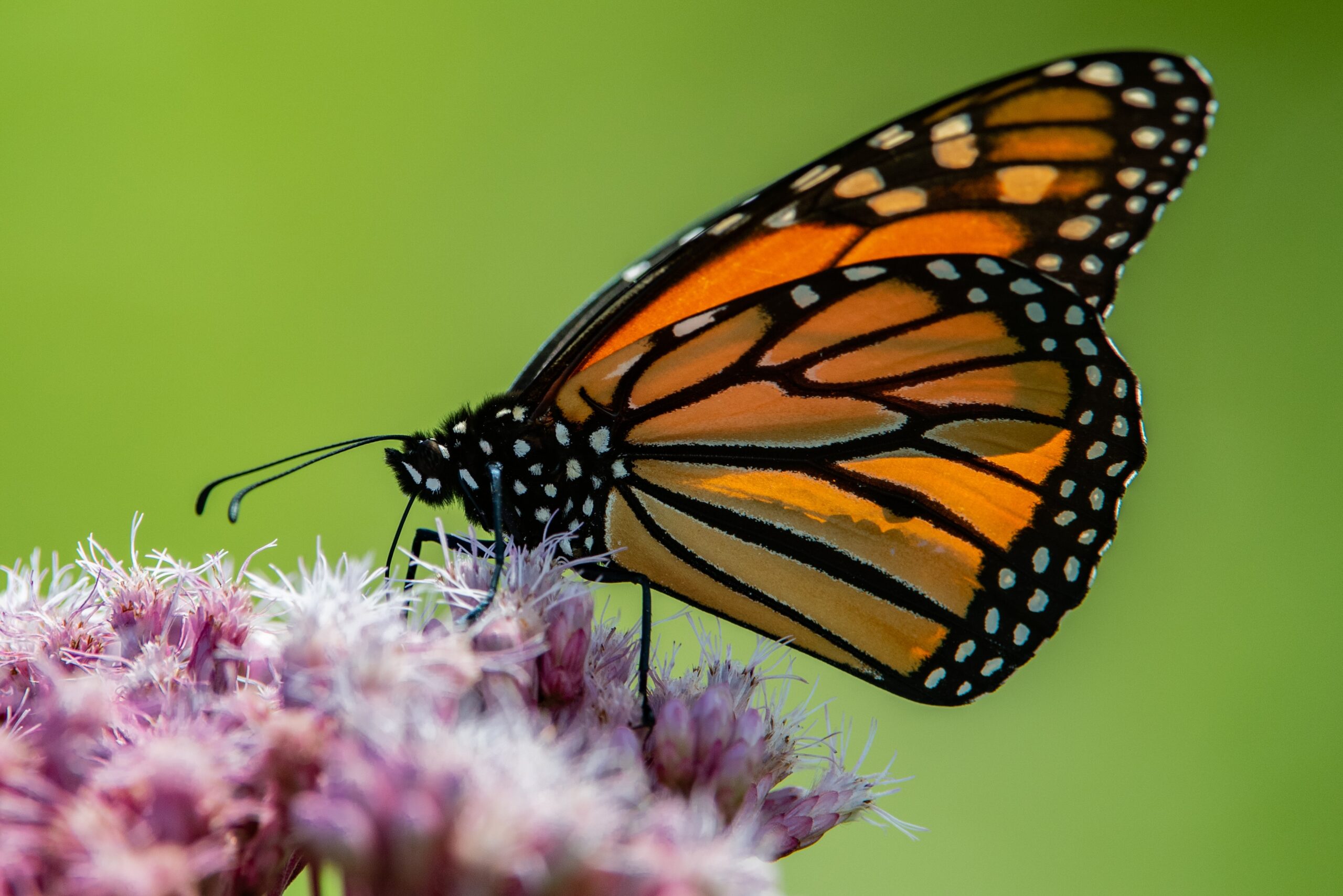This article was originally published in the Caller-Times.
In December, many environmentalists were alarmed when the federal government announced that the monarch butterfly—the state insect of Texas—warrants listing under the Endangered Species Act but that the agency can’t afford to complete the required paperwork. Many farmers and other landowners, however, breathed a sigh of relief because the decision avoided—for now, at least—burdensome regulations that can accompany a federal listing. While the decision will no doubt be controversial, that controversy should not distract from the more important issue of actually conserving and recovering this iconic species, which remains as urgent today as it was before the government’s decision.
The U.S. Fish and Wildlife Service’s decision leaves no doubt that the monarch butterfly is facing serious threats, and, unless significant conservation efforts are undertaken, we could soon lose this iconic species. Once numbering in the hundreds of millions, monarch populations have declined by 90 percent or more in recent decades. The agency predicts a greater than 90 percent chance that, within the next 30 years, further declines could make inevitable the extirpation of the species’ west of the Rockies and a 24 to 46 percent chance of this occurring for the larger, eastern population that migrates through Texas.
Monarchs migrate up to 3,000 miles a year, from their winter habitat in California and central Mexico to summer habitat as far north as Canada. Texas acts as a funnel in this migration, a critical corridor for populations that spread out to cover most of the country in spring and summer.
The primary threat to the monarch is loss of habitat, especially removal of milkweed—the only plant on which monarchs lay eggs and caterpillars feed. Because of the monarch’s long migration, its recovery will require one of the most significant, wide-ranging conservation actions in recent memory. It is not enough to restore habitat in one area or region; pockets of habitat are required throughout the species’ huge range.
While the monarch’s plight is cause for alarm, that the species has not been formally listed may not be. This is because the Endangered Species Act is not well designed to encourage the sort of proactive conservation effort the monarch requires.
Instead, the statute’s primary mechanisms are punitive. They impose heavy burdens on land where a protected species or its habitat are found. In the case of the monarch, a listing could, in effect, penalize landowners for conserving or restoring milkweed. Studies have shown that, while the statute can encourage habitat conservation and restoration on federal land, it is more likely to produce the opposite results on private land, due to these perverse incentives.
While these regulatory consequences have been put off for now, this is no reason for states, farmers and other landowners, and conservation groups to relax. The need for innovative solutions to conserve and recover the monarch is as urgent today as it was last week. Indeed, the U.S. Fish and Wildlife Service predicts it will list the species within four years, leaving little time to develop conservation efforts for the species before federal regulations—and the conflict they incite—may kick in.
Fortunately, significant conservation efforts are already underway and more could be encouraged with the proper incentives. States and industry have begun managing roadsides, transmission corridors, and other areas to promote pollinator habitat. Conservation groups have developed programs to compensate farmers for planting milkweed as cover crops and in unproductive areas. And several groups provide free milkweed to homeowners willing to provide habitat in yards and gardens. (Somewhat unique for an endangered or threatened species, nearly a third of the monarch’s habitat could be provided in urban and suburban areas.)
The key to recovering the monarch, as with many species, is to reward private landowners who conserve and restore habitat, rather than making species and their habitats a liability. While the federal government’s bureaucratic justification for its decision will generate understandable frustration, that should not distract from the more important question of how best to incentivize landowners and others to recover this iconic species.




